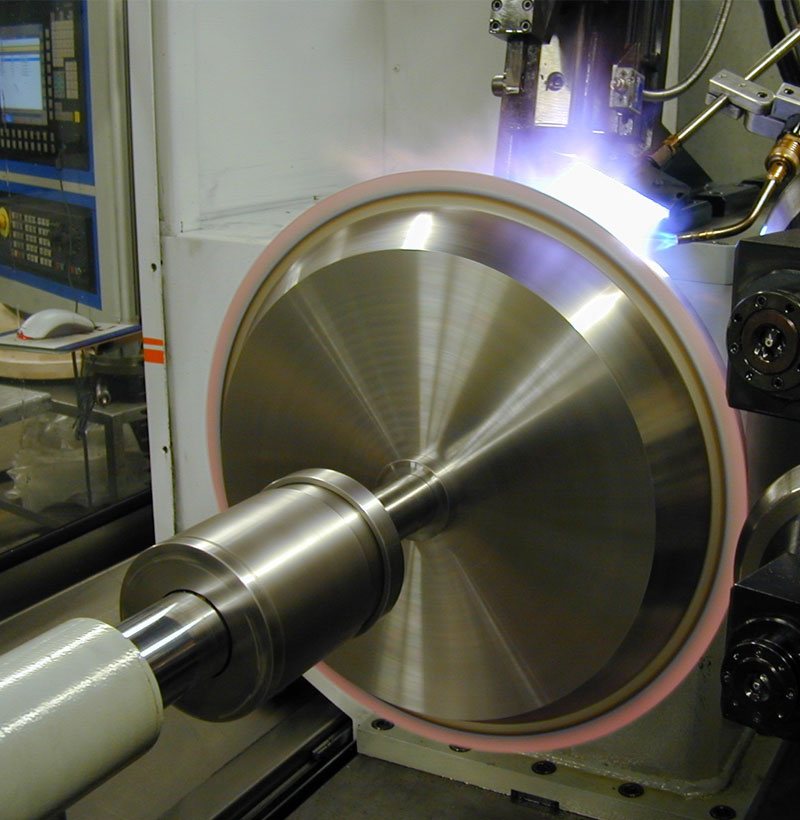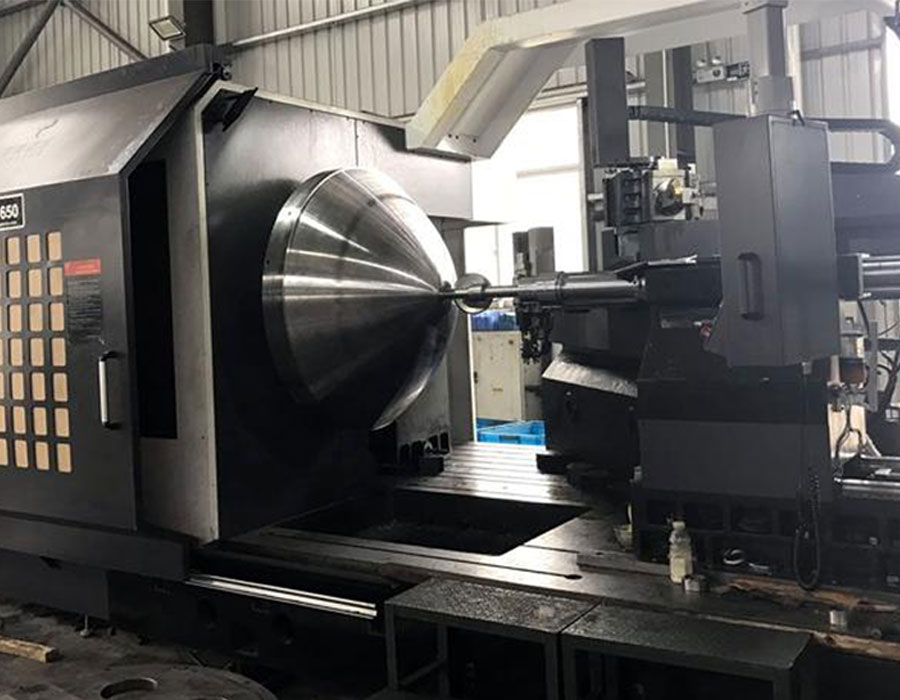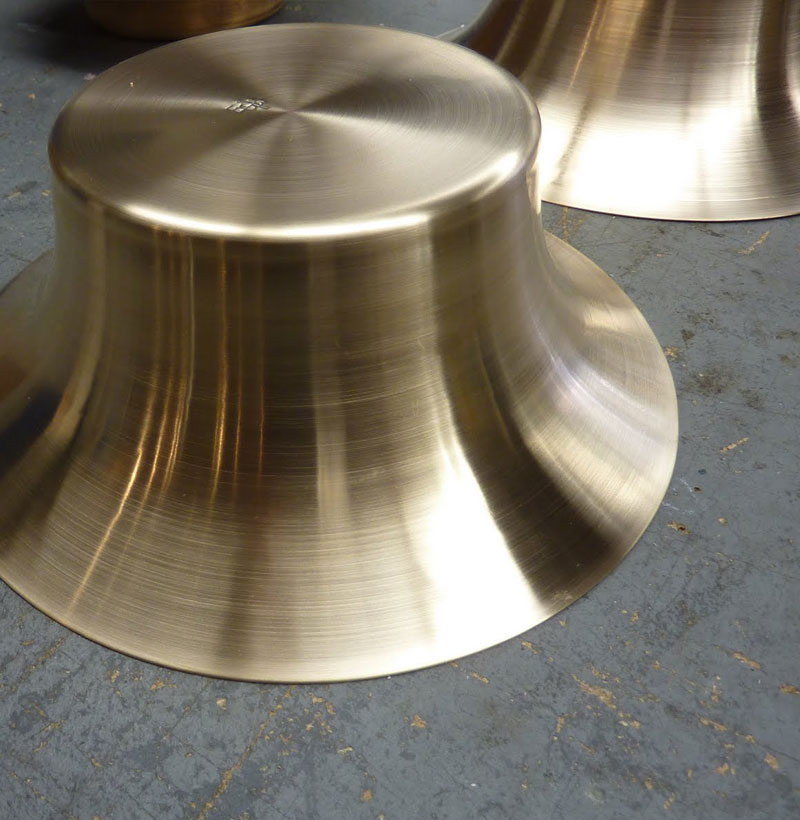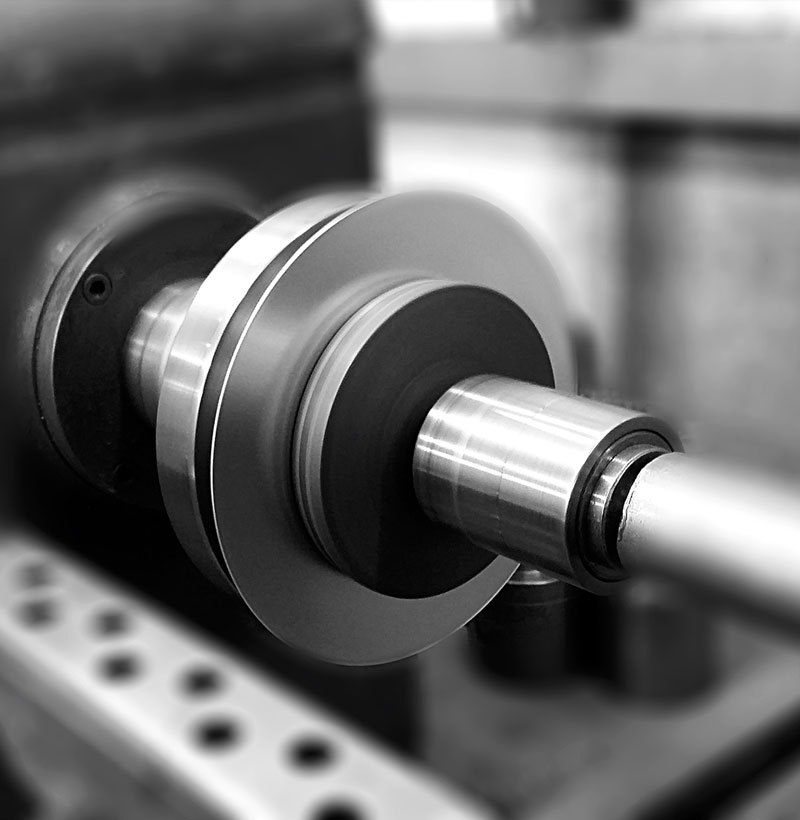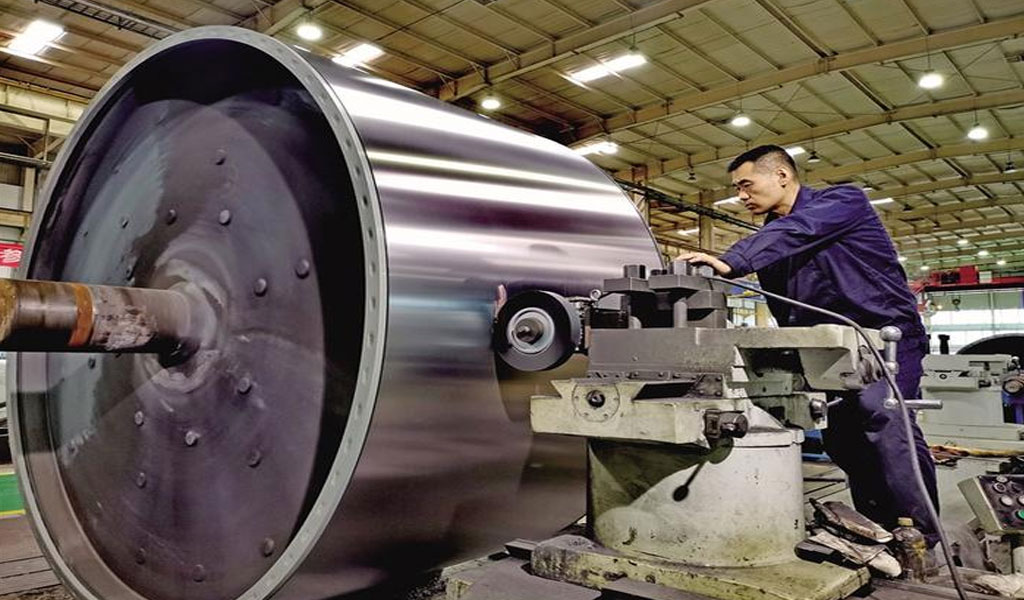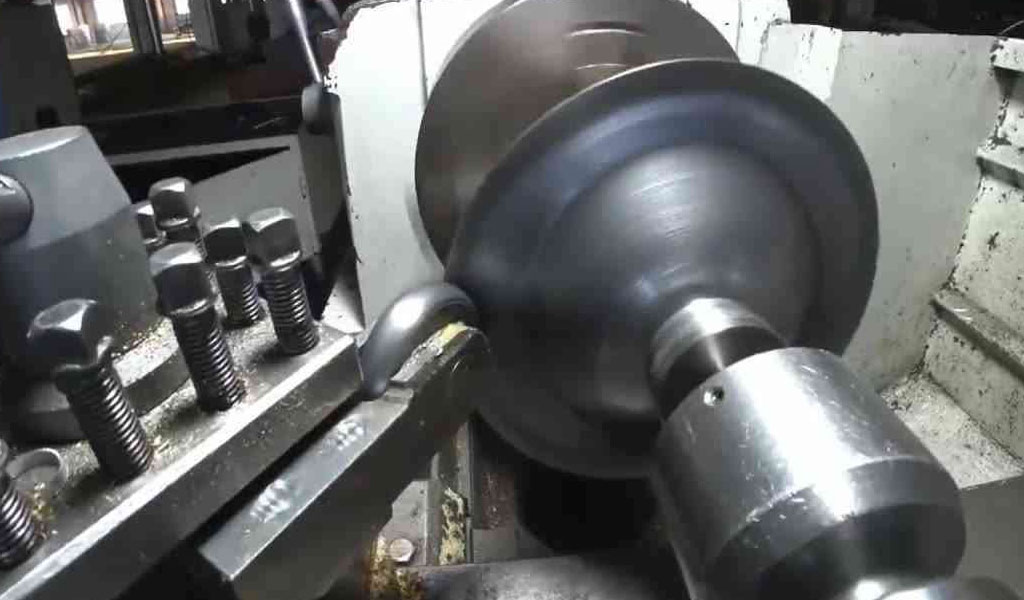Roof ventilation turbines, also known as whirlybirds, turbine vents, or spinning roof vents, are mechanical ventilation devices commonly installed on residential, commercial, and industrial buildings. These devices harness wind power to extract stale, hot, or moist air from the interior of a building, thereby improving air circulation, reducing heat buildup, and preventing moisture accumulation.
History of Roof Ventilation
Ancient Ventilation Techniques
Roof ventilation dates back to ancient civilizations that used various methods to enhance airflow within their structures. The earliest forms of ventilation included simple openings in roofs and walls that allowed air to enter and exit freely. In ancient Rome, for instance, atriums with open ceilings were common, allowing hot air to escape and cooler air to circulate.
Evolution to Mechanical Ventilation
The industrial revolution and subsequent advances in building technology necessitated more efficient and controlled ventilation systems. By the late 19th and early 20th centuries, the development of mechanical fans and turbines allowed for more effective air extraction from buildings.
Introduction of Turbine Vents
The modern turbine vent, a hallmark of passive ventilation technology, emerged in the early 20th century. The concept was simple yet effective: a turbine that would rotate with the wind, creating a suction effect that pulled air from the building. The popularity of these devices grew, particularly in regions with hot climates, where roof ventilation was crucial to maintaining comfortable indoor temperatures.
Design and Functionality
Components of a Turbine Vent
A standard roof ventilation turbine consists of several key components:
- Rotating Head: The main feature of the turbine is its rotating head, which is equipped with curved vanes designed to catch the wind. As wind blows, it causes the head to spin, creating a vacuum effect that draws air out of the attic or interior space.
- Bearing System: The turbine’s rotation is facilitated by a bearing system, which allows for smooth and efficient movement with minimal friction.
- Base: The base of the turbine is fixed to the roof, providing stability and ensuring that the turbine remains in place even during high winds.
- Flashing: This is a critical waterproofing component that prevents leaks by sealing the area where the turbine is installed on the roof.
Operational Mechanism
The operation of a turbine vent relies on basic principles of physics. When wind blows against the curved vanes of the turbine, it causes the entire head to rotate. This rotation creates a low-pressure area within the vent, which in turn draws air from the interior of the building. The air is expelled through the turbine, while fresh air enters the building through other vents or openings, thus promoting air circulation.
Types of Turbine Vents
Standard Turbine Vents
These are the most common type of turbine vents and are typically made from lightweight materials such as aluminum or galvanized steel. They are designed to rotate with minimal wind and are available in various sizes to accommodate different roof types and ventilation needs.
Electric-Assisted Turbine Vents
In areas with low wind speeds, electric-assisted turbine vents are often used. These vents incorporate an electric motor that drives the turbine when wind speeds are insufficient to induce rotation. This ensures continuous ventilation regardless of weather conditions.
Hybrid Turbine Vents
Hybrid turbine vents combine the principles of passive and active ventilation. They operate as standard turbine vents under normal conditions, but when wind speeds drop or during peak heat periods, an internal fan is activated to boost air extraction.
Installation and Maintenance
Roof Placement
The placement of turbine vents on a roof is crucial for their effectiveness. They are typically installed near the ridge of the roof, where they can capture the most wind. In some cases, multiple vents are installed to ensure adequate ventilation across the entire roof area.
Installation Process
Installing a turbine vent involves cutting a hole in the roof, securing the base of the turbine to the roof decking, and sealing the area with flashing to prevent leaks. The turbine head is then attached to the base and checked for proper alignment and rotation.
Maintenance Requirements
Turbine vents require minimal maintenance, but periodic inspections are recommended to ensure they remain functional. Key maintenance tasks include checking for debris buildup, ensuring the bearing system is lubricated, and inspecting the flashing for any signs of wear or leaks.
Advantages and Disadvantages
Advantages
- Energy Efficiency: Turbine vents are energy-efficient since they operate without electricity, relying solely on wind power to function.
- Cost-Effective: They are relatively inexpensive to install and maintain, making them a cost-effective solution for improving roof ventilation.
- Improved Indoor Air Quality: By removing stale, hot, or moist air, turbine vents contribute to better indoor air quality and can help prevent issues such as mold growth.
Disadvantages
- Dependence on Wind: The efficiency of turbine vents is highly dependent on wind conditions. In areas with little to no wind, their performance may be inadequate.
- Noise: In some cases, turbine vents can produce noise, especially if the bearing system is worn or if the turbine becomes unbalanced.
- Aesthetic Concerns: While functional, some homeowners may find the appearance of turbine vents on their roofs to be less than desirable.
Applications in Various Climates
Hot and Humid Climates
In regions with hot and humid climates, such as the southeastern United States or tropical areas, turbine vents are particularly effective in reducing heat buildup in attics. This, in turn, lowers the overall temperature inside the building, reducing the need for air conditioning.
Cold Climates
In colder climates, turbine vents are less commonly used, as the primary concern is retaining heat rather than expelling it. However, they can still play a role in preventing moisture buildup and reducing the risk of ice dams.
Arid Climates
In arid regions, where temperatures can soar during the day and drop significantly at night, turbine vents help stabilize indoor temperatures by promoting consistent airflow.
Environmental Impact
Energy Savings
One of the key environmental benefits of turbine vents is their ability to reduce energy consumption. By improving ventilation and reducing the need for air conditioning, turbine vents contribute to lower energy usage and, consequently, lower greenhouse gas emissions.
Sustainability
Turbine vents are often made from recyclable materials such as aluminum or steel, contributing to their sustainability. Moreover, their long lifespan and minimal maintenance requirements further enhance their environmental credentials.
Technological Advancements
Smart Turbine Vents
Recent advancements in technology have led to the development of smart turbine vents. These devices can be equipped with sensors that monitor wind speed, temperature, and humidity levels, allowing them to adjust their operation for optimal ventilation. Some models can even be integrated with home automation systems for remote monitoring and control.
Material Innovations
Advances in materials science have resulted in more durable and efficient turbine vents. For example, high-strength polymers and corrosion-resistant coatings are now commonly used to enhance the longevity and performance of these devices.
Case Studies and Real-World Applications
Residential Applications
In residential settings, turbine vents are often installed in homes with attics to prevent heat buildup and improve energy efficiency. Case studies have shown that homes with turbine vents installed can experience a significant reduction in indoor temperatures during summer months, leading to lower energy bills.
Commercial and Industrial Applications
Turbine vents are also widely used in commercial and industrial buildings, particularly in warehouses, factories, and large retail spaces. These structures often have large roof areas that can trap heat, making efficient ventilation essential for maintaining a comfortable working environment.
Comparative Analysis
Turbine Vents vs. Ridge Vents
Ridge vents are another popular form of passive roof ventilation. While both turbine and ridge vents serve the same purpose, they operate differently. Ridge vents are installed along the peak of the roof and allow hot air to escape naturally, without moving parts. Turbine vents, on the other hand, actively draw air out through rotation, making them more effective in areas with consistent wind.
Turbine Vents vs. Powered Attic Fans
Powered attic fans are an active form of roof ventilation that uses electricity to drive air out of the attic. While they are highly effective, they also consume energy, which can offset some of the benefits. Turbine vents, being passive, do not require electricity, making them a more sustainable option in many cases.
Regulations and Building Codes
Building Code Requirements
In many regions, building codes stipulate specific ventilation requirements for residential and commercial buildings. These codes often dictate the number of vents required based on the size and design of the roof. Turbine vents, when used, must comply with these codes to ensure proper installation and function.
Environmental Regulations
Environmental regulations may also impact the use of turbine vents, particularly in areas where energy efficiency and sustainability are prioritized. In some cases, incentives or rebates may be available for installing energy-efficient ventilation systems, including turbine vents.
Future Trends
Increased Adoption of Sustainable Technologies
As sustainability becomes a more significant concern in the construction industry, the adoption of passive ventilation systems like turbine vents is expected to increase. Advances in materials and smart technology will likely enhance their efficiency and appeal.
Integration with Renewable Energy Systems
There is also potential for turbine vents to be integrated with renewable energy systems. For example, turbines could be designed to generate small amounts of electricity as they spin, further contributing to the energy efficiency of the building.
Conclusion
Roof ventilation turbines, or whirlybirds, have long been a staple of passive ventilation systems. Their simple yet effective design makes them a cost-effective and environmentally friendly solution for improving air circulation and reducing heat buildup in buildings. While they have some limitations, ongoing technological advancements promise to enhance their performance and broaden their applications in the future.
